COVID-19 has pushed the customer ahead by 5 years. How can retailers find opportunities from changing customer behavior?
by Jess Erdman, Content Marketing LeadDecember 2020

Source: Vogue Business and Google Summit, Nov 2020
Fashion brands and customers are beginning to adjust to the new normal of work from home and a lifestyle that mainly takes place online. It’s more important now than ever to take a step back and reflect on how COVID-19 has changed the customer as we know them--and to take a closer look at whether these changes will last in the coming years.
Fashion AI stepped in to replace in-store sales associates in 2020. To add even more diversity to the 2020 customer experience, fashion artificial intelligence is continuing to impact how customers discover and interact with products.
In this article, we’ll discuss:
Interested in learning more? Sign-up for YesPlz.AI’s fashion tech newsletter to receive the latest news and articles from experts in the industry.
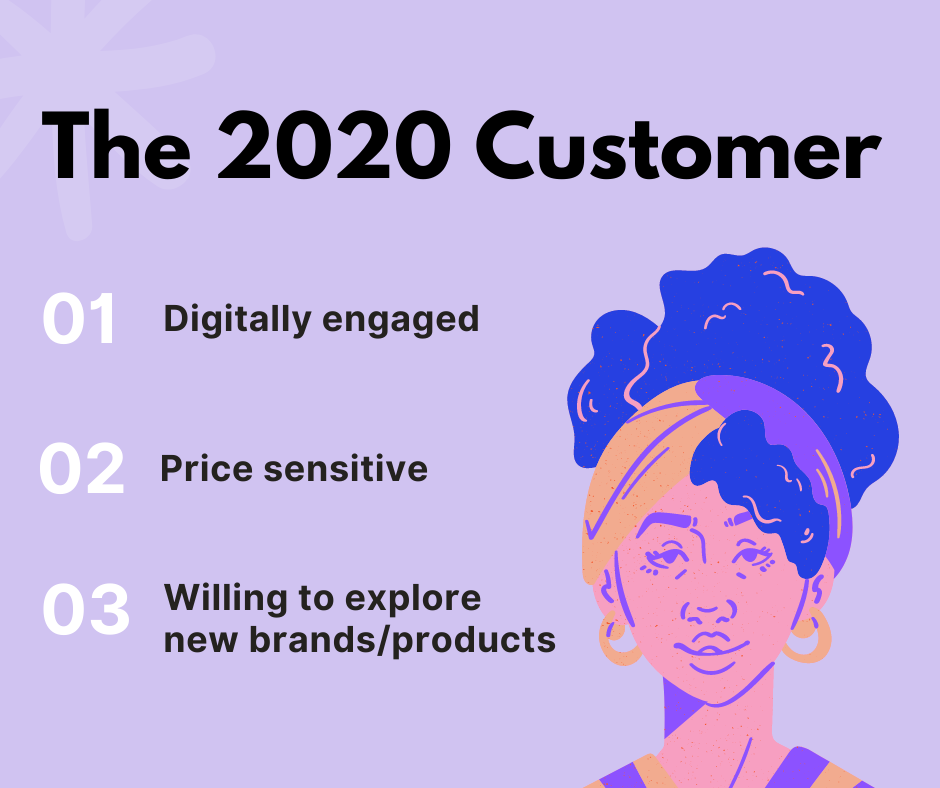
The 2020 customer has lept forward in two areas: digital sophistication and her expectations.
Digital sophistication: During the pandemic, shoppers were forced to move online (even die-hard fans of in-store shopping) to shop. While in previous years, customers may have preferred physical touchpoints to help in the decision-making process, that choice was all but eliminated by stay-at-home orders across the world. Customers, despite their age or level of digital sophistication, learned how to access digital channels that they may have previously ignored. Combined with a high level of digital engagement throughout the day (laptops and phones), customer sophistication made huge strides during the pandemic.
Customer expectations: The current customer has higher than ever expectations when it comes to service, products, and the overall customer experience. Let’s break down what that means in the mind of the customer.
While customer service has always been a valuable loyalty indicator for fashion eCommerce, the 2020 customer has experienced ordering online from multiple retailers (due to sheer necessity), and now has an indicator of what constitutes an acceptable (or amazing) level of customer service. They have interacted with fashion artificial intelligence through, at the bare minimum, fashion AI chatbots, and expect an instant response to problems or questions.
The 2020 customer has also experienced a value shift, in terms of price and discretionary spending. With reports showing that in general, customers are looking to spend less on discretionary items, they are looking for deeply discounted items, and shunning items that may seem frivolous if the items are outside of a given price range. However, if products are within a given price range and can bring value (comfort or meeting a basic need), they will complete the purchase (and likely with a bigger basket size).
The 2020 customer is digitally sophisticated, making purchases across digital platforms, and expects a seamless shopping experience to accompany a difficult year. Through AI in fashion, the online shopping experience has been transformed to meet these needs.
One clear opportunity for retailers: customers are willing to try new brands as they move online to complete purchases across categories. Motivated to discover new fashion brands, 2020 represents a strategic opportunity for fashion ecommerce looking to attract new customers.
But, where are those opportunities you may have heard about?
A. Exploratory Customers
B. Price Sensitivity
C. High Customer Expectations
While exploratory customers is an obvious plus for retailers, there is ample opportunity in changing consumer trends that some retailers may consider as a “negative.” We’ll explain how:
A. Exploratory Customers: The simple fact that customers are spending more time online means that they’re interacting with more brands and seeing more advertisements. However, customers aren’t only passively discovering fashion brands--they’re taking the initiative to look at new brands to meet their new product category needs.
This has two implications for fashion retailers. Firstly, because digital advertising has a higher reach, consider expanding marketing touchpoints across platforms. Secondly, fashion retailers can promote lesser-sold brands and products. As long as those products are relevant to customer search intentions, curious customers are willing to purchase items from new brands.
B. Price Sensitivity: While a seemingly negative point for retailers (customers are looking for discounts), there are still opportunities for retailers who truly understand customer behavior. By leaning into fashion artificial intelligence, retailers can capitalize on discount buyers.
For example, YesPlz offers a product recommendation filter that shows personalized product recommendations using fashion AI. Our unique algorithm is based on hundreds of conversations with real customers, as well as on-site customer behavior. By pulling lesser sold items to recommend to customers, fashion retailers have an opportunity to sell siting inventory while still satisfying customers. Contact us to schedule a free demo of our product recommendation filter.
C. High Customer Expectations: Increasing customer expectations create an opportunity for fashion retailers to differentiate themselves based on customer experience--but it doesn’t need to be tedious for retailers. A few quick fixes include: having a generous return policy, creating omnichannel experiences for customers who prefer the in-person experience, such as drive-through clothing pickups and return.
However, the most important way to differentiate from competitors? With websites that are exciting for customers to explore. By using fashion AI, retailers can match their customers’ search intent to keep customers on-site. It doesn’t have to be complicated. For example, implementing visual search filters for customers to show, rather than write, their search intent will result in much more relevant search results.
“Anna” is an unemployed millennial from the US, interested in finding a new shirt online. Let’s imagine two hypothetical scenarios:
Scenario 1: “Anna” lands on a popular fashion eCommerce and begins to filter based on her needs. She’s working from home, and wants a simple, low-cut sleeveless shirt (in yellow).
The first problem: Anna isn’t sure which keywords to use. These terms are different across fashion retailers. Instead of inputting search terms, she manually selects each category and becomes frustrated by the low relevancy of the search results.
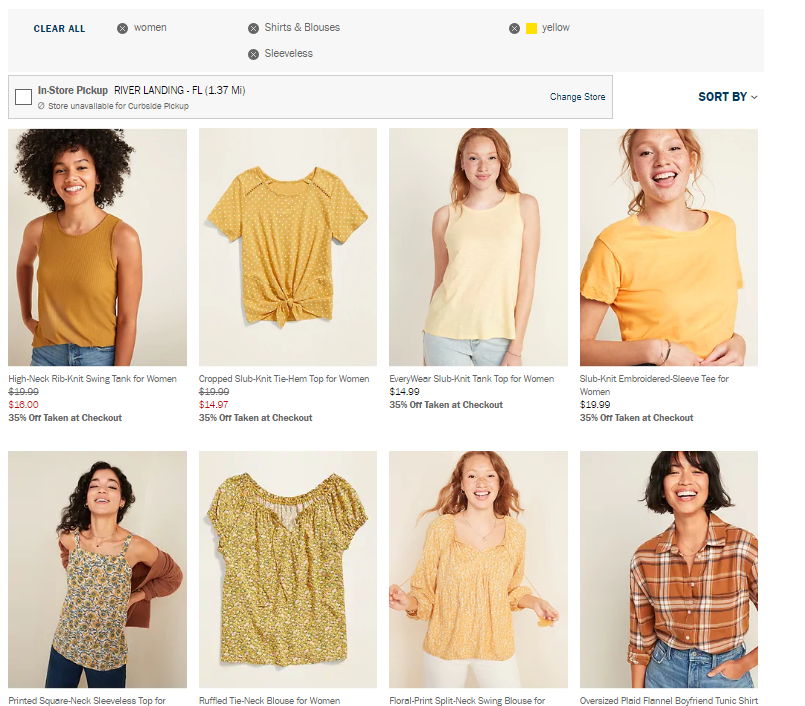
After spending a full minute selecting her filters, she is shown shirts that are clearly not within her selection of a low-cut, yellow, sleeveless shirt. As you can see in the image, she is shown t-shirts and long-sleeve flannels. In fact, she can’t even select the type of sleeveless shirt she wants (thin or thick straps? Tight or loose-fitting?)
She quickly closes the website and decides to try a new fashion brand. As we know, the 2020 customer has high expectations, and Anna’s expectations (combined with her high level of digital sophistication) were not met, and she is unlikely to return to the website.
Scenario 2: Anna continues to look for her low-cut, yellow, sleeveless shirt to brighten her workdays. She’s open to discovering new brands, and clicks on an Instagram advertisement for a clothing store that offers a fashion AI powered “Style Filter,” which intrigues her.
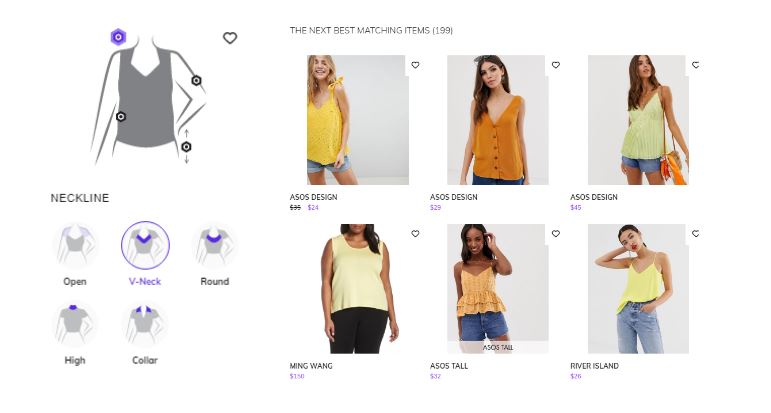
She has a hands-on shopping experience, playing with the style filter to show what she’s looking for. Not only does Anna receive relevant,accurate search results in return, but she has a more engaging online shopping experience than the previous website.
The future of fashion retail, post-COVID, is meeting customers’ sophisticated tastes through easy-to-understand search functions and relevant product recommendations. When you can keep a customer on your website for longer (through tools like the YesPlz Style Filter, powered by fashion artificial intelligence), they are more likely to keep moving through your website and convert. However, when the 2020 customer is shown irrelevant and inaccurate search results, they can and will bounce off.
Learn how a Fashion AI Style Filter can lead to real, impactful changes to your eCommerce.
While we don’t have a crystal ball to predict the future, there is one certainty: when digitalization takes place there’s no turning back. 2020 has proven to be a turning point for digitization when it comes to fashion retailers, and a turning point for the digital sophistication of consumers.
The next logical question is whether those changes will continue, or whether consumers will return to old behaviors (such as in-store shopping) once the pandemic passes.
If fashion brands can give a compelling reason for consumers to return to their websites, expect them to stay. Through fashion AI, interactive search filters, and a heightened online experience, fashion brands can come out ahead if they’re willing to invest in these resources.
Are you interested in keeping up with the latest fashion tech news and consumer trends for eCommerce? Subscribe to our Fashion Tech newsletter to receive bi-monthly updates on the latest news, tips, and articles.
Written by Jess Erdman
Content Marketing Lead
I'm passionate about creating cool content. The best part? I get to learn new things about fashion tech and ecommerce everyday. Have an idea or opinion about this article? Reach out at jess@yesplz.ai
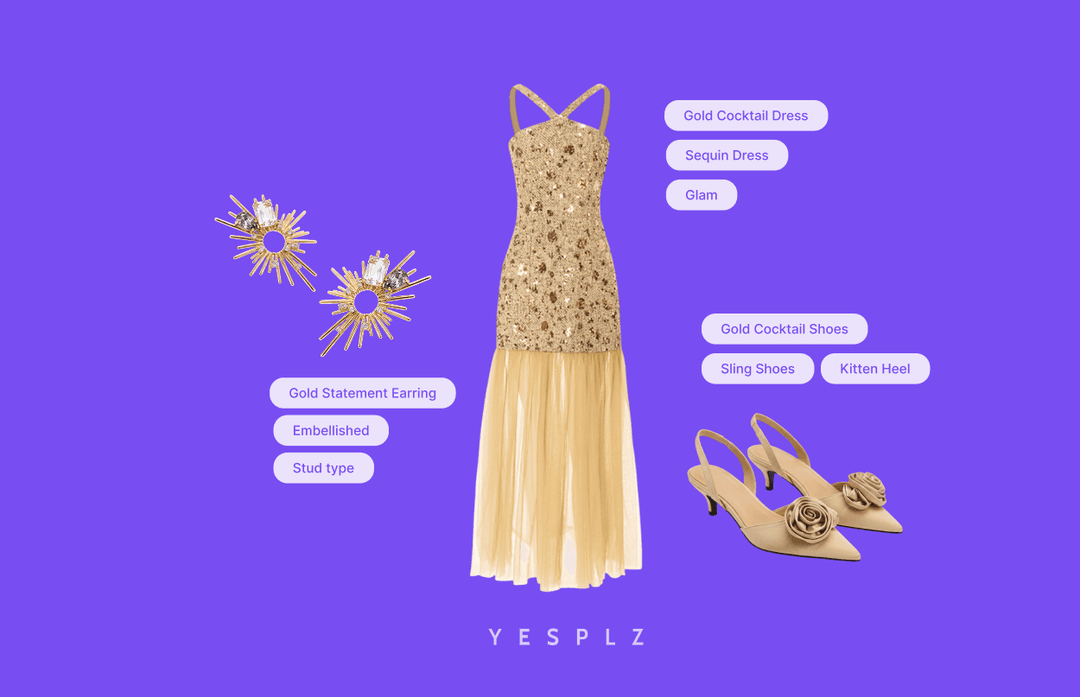
What are product tags used for? It’s a solution to low search CTR, limited filtering, manual collection curations, and more. Discover 6 essential use cases of product tags to transform search, filtering, SEO, and collections to boost sales.
by YesPlz.AI
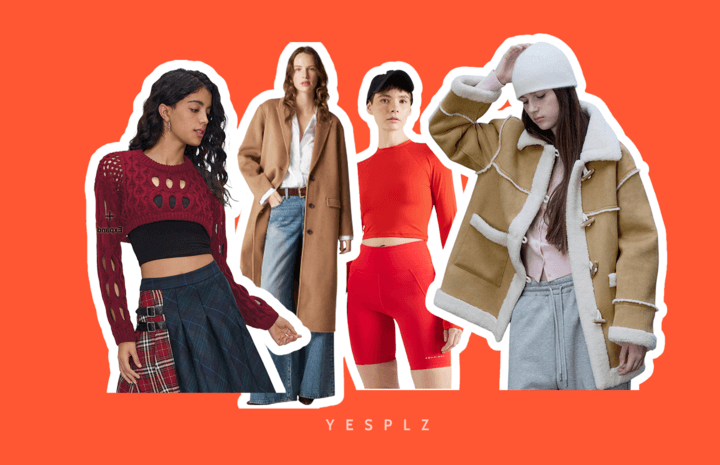
Discover 4 proven fashion recommendation strategies that boost conversions. Learn how About You, J.Crew, W Concept, and Cider drive sales.
by YesPlz.AI